IQ Radiant Glass®️
IQ Radiant Glass®️
IQ Radiant Glass®️
Historic Projects
Historic Projects
Architect Specified Depot Level Window Restoration
Off premise steel sash, art glass & wood frames
Architect Specified Depot Level Window Restoration
Off premise steel sash, art glass & wood frames
Architect Specified Depot Level Window Restoration
Off premise steel sash, art glass & wood frames
IQ Preservation Project of World Heritage
Terra Cotta Army
Preservation Architect - Milan Kovač
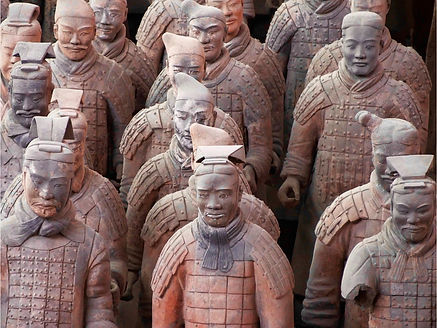
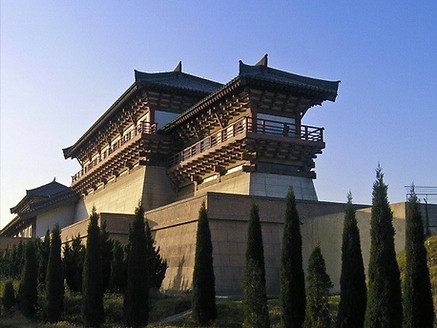
The Challenge: Discovering and sharing the past without destroying it
Prior to the project, not many objects from the period of the First Emperor, Emperor Qin Shi Huang Di (221-206 BC), Qin Dynasty, had been excavated on the Epang site. The museum concept is based both on the exhibition of the ongoing uncovering of the artifacts and the story of the life and achievements of the First Emperor, creating a united China through modern media of virtual creation by holograms, photographs, video, films, material copies and reconstructions. The challenges faced by the architects was on many dimensions as it was to be a site for archeological exploration as well as open to the public, all without disturbing the magic of the history.
The Project Video:
The Problem: After excavation, providing a roof and enclosed space was not sufficient, due to drying out and fracturing of the soil
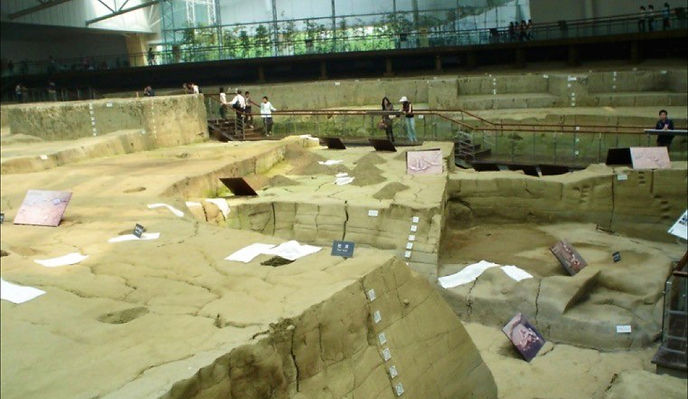
From previous experience it became evident that protecting the soil from cracking by providing roof and enclosed space in museums was an insufficient solution.It was necessary to create a separate enclosed space at the vertical sides of the platform providing stable humidity and temperature control.
The problem of condensation and isolation was resolved on site through the application of special radiant heated structural glass panels.

Conceptual perspective of the protected archaeological site
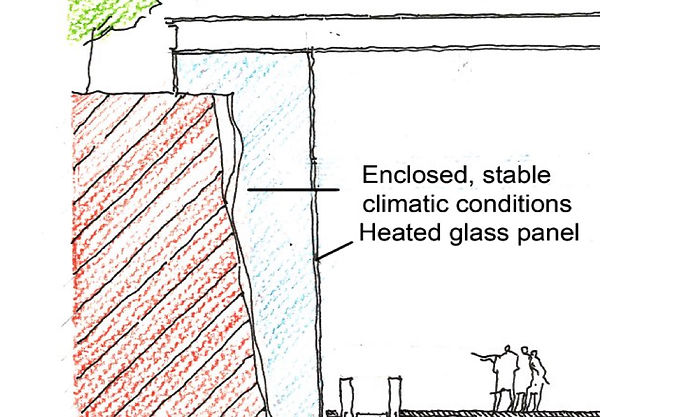
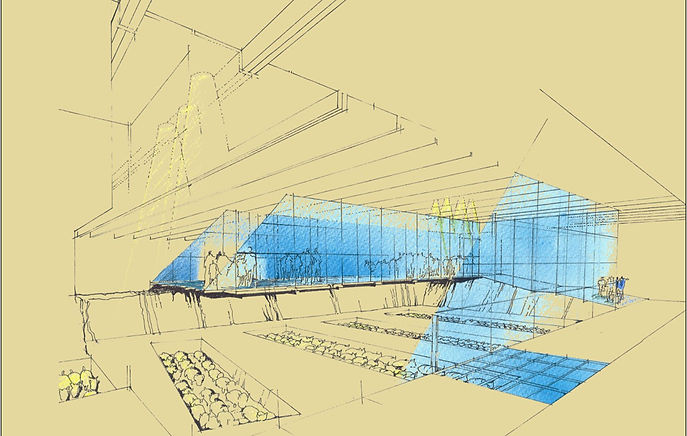
Architect Conceptual drawings by Architect Milan Kovač
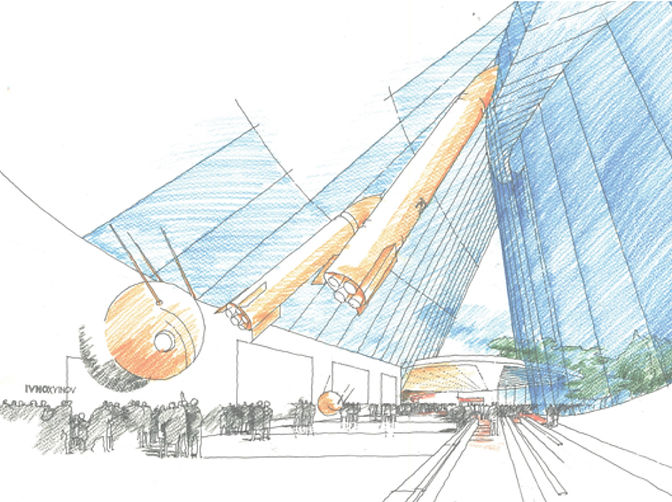
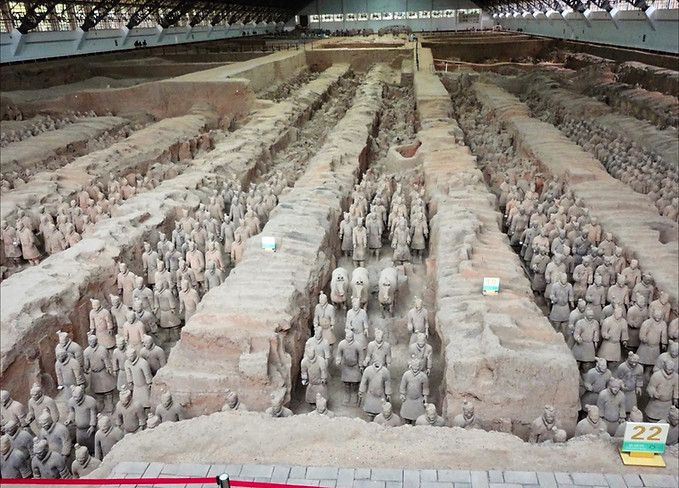
The goal was achieved. On a large scale, visitors could view the relics in their historical and cultural context. The spirit and mystery of the past remained, as excavation and preservation proceeded.
IQ Radiant Glass was used on the walls and floors to protect the visitors and artifacts from each other.

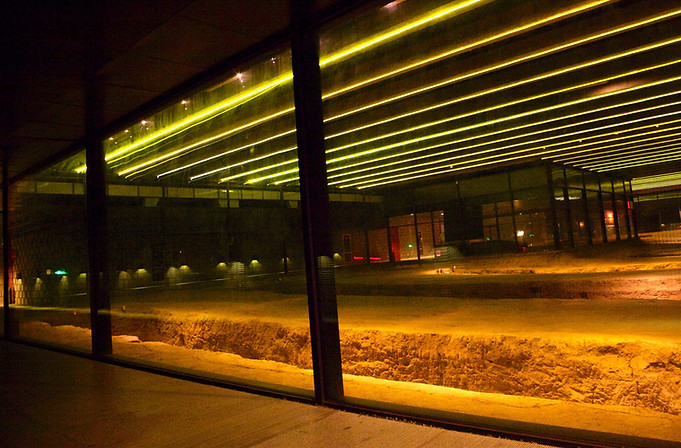

The project brought together an array of experts including archaeologists, lighting engineers, materials scientists and microbiologists to tackle problems ranging from climate and weather through pollutants such as acid rain to careless tourists.
One of the outcomes has been a better understanding of how to design protection shields using multilayer heated glass to cover the site of the discoveries, in combination with careful ventilation and light filtering. The construction supporting the glass plays a key role in stabilizing the area and protecting it against vibrations.
Protected by glazing with IQ Radiant Heated Glass
Laminated glass plays an essential role as it can be partly load-bearing where support for the artifacts is necessary. The glass is usually thermo-glazed and contains a clear transparent metal coating that, when connected to an electrical supply, gives out just enough heat to counteract the effects of condensation. Careful adjustments are made to ensure that no heat is reflected towards the artifact and air-cooling and ventilation keep stable the temperature and humidity within the preservation chamber.